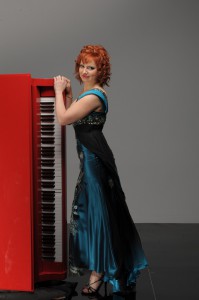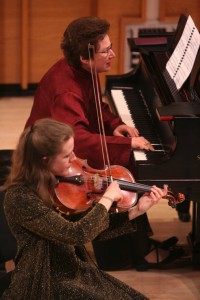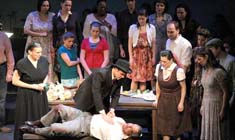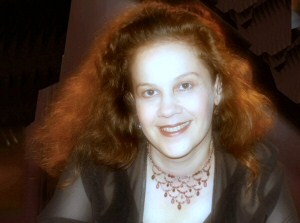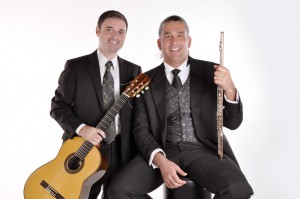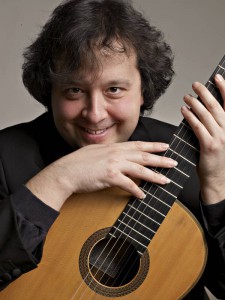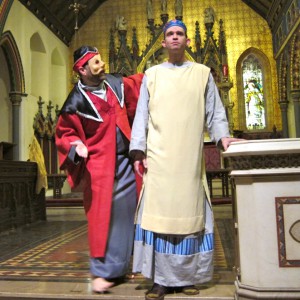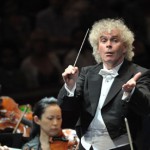A beautifully conceived program of music for cello and piano offered something for everyone, as the husband-wife team of Gloria Lin and Jesús Castro-Balbi brought a mix ranging from Beethoven (actually from Mozart, if one counts the theme of the Beethoven variations) all the way to an American work composed in 2012. Peruvian-born cellist Castro-Balbi and Taiwanese pianist Gloria Lin have performed widely as individuals, but their musical marriage adds a special dimension to their careers, both as performers and as faculty members at Texas Christian University in Fort Worth, Texas.
Beethoven’s Seven Variations in E-flat on a Theme from Mozart’s “Die Zauberflöte” (WoO 46, 1801) opened on a poised and authoritative note. What could be a happier opening for two partners in life than the love duet “Bei Mannern welche Liebe fuhlen”, given some of Beethoven’s sunniest treatment? This work found the duo to be very much equal players, not soloist and accompanist as often happens; having the piano lid raised on the full stick seemed to underscore this partnership. Ms. Lin was able to handle the resonance without ever letting the rapid passagework become obtrusive, and Mr. Castro-Balbi played with a strong, projective tone. In the parallel minor Variation 4, the cellist was at his expressive best, while the pianist had her finest expressive moments in Variation 6. If Variation 7 was a bit unsettled, one could hardly fault them after the hallowed space between variations was interrupted by a particularly hideous cellphone ringtone; they recovered from the intrusion well, however, closing the work in sanguine spirit.
Shostakovich’s Sonata, Op. 40 was a good segue and counterbalance, classically conceived, yet with the probing and dissonance of the 1934 world. The pair’s reading showed brooding darkness in the first and third movements and considerable relish in the playful and rugged second and fourth movements. Both players achieved moments of brilliance and beauty throughout, though not quite reaching the level of visceral involvement that I love to feel in this work.
Debussy’s Sonate for cello (1915) opened the second half with a French masterpiece, combining a rhapsodic approach to form with every cello challenge in the book. Mr. Castro-Balbi was more than up to its demands. The duo nicely captured the quixotic nature of its central Sérénade and the soaring Final. It was a fine (though unstated) tribute to Debussy in his 150th anniversary year. The World Premiere of Till MacIvor Meyn’s “Revolutions” (2012) was a highlight of the evening, a work of violent ostinatos and wrestling dissonances, giving rise to dramatic transformations. The passion and synchronization made this piece simply electric. The composer writes in his notes that the work was inspired by the regime overthrows in the Middle East, as well as by an alternate definition of “revolution,” the sense of “turning or revolving of tonalities in the music.” Mr. Meyn, a colleague of the duo at TCU, composed the work especially for Ms. Lin and Mr. Castro-Balbi, and it suited them perfectly, as it did the resonant bass of the hall’s Steinway.
“Le Grand Tango” by Piazzolla concluded the written program. Originally for cello and piano, this piece exists in many other versions (this listener having played it on two pianos), and it can be equally successful in all its incarnations. It can be alternately suave, smoldering, and searing in each one, but it needs careful pacing. In this particular case, I felt it peaked too soon, and the effort to prolong a crescendo from such intense dynamic levels felt too strenuous. On the other hand, it aroused a large burst of applause, capping off what was all in all an excellent recital.
The first exciting encore was a jazzy movement from “Manhattan Serenades” by Gabriela Frank, followed by the more contemplative “Poema III” by Brazilian composer Marlos Nobre.

